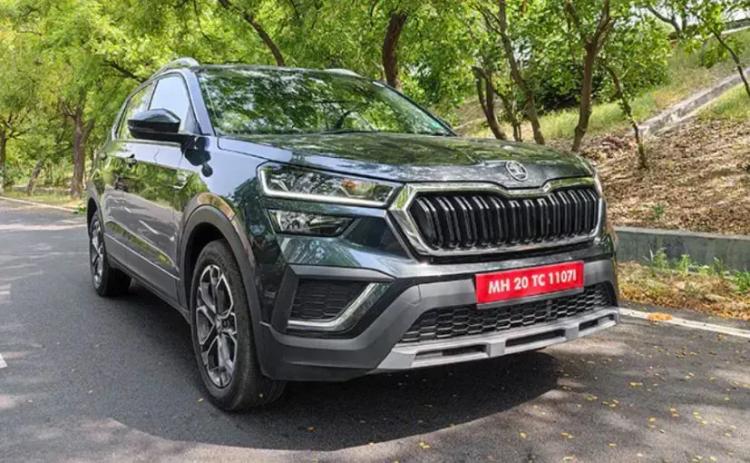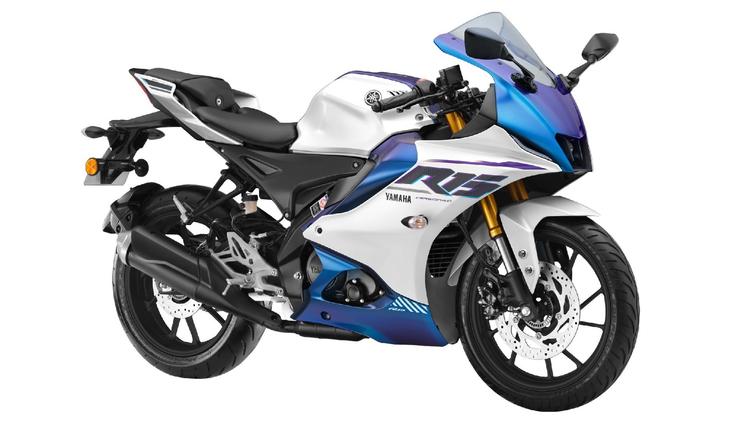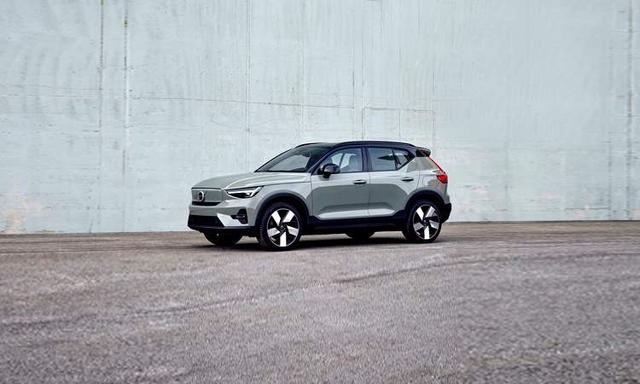Volvo XC70 Plug-In Hybrid SUV Specifications Revealed

Highlights
- Will come with two battery options - 21.2 kWh and 39.6 kWh
- 161 bhp, 1.5-litre turbo-petrol engine to sit under the bonnet
- XC70 to be similar in size to a Mercedes GLC
New details about the all-new Volvo XC70 have emerged online ahead of the model’s global debut later in the year. Following images of the SUV surfacing online earlier in the month, now details on the SUV’s size and powertrains have been published online by the Chinese regulators.
Also read: Volvo XC70 Plug-In Hybrid SUV Exterior Revealed Ahead Of World Premiere
Starting with the size, the SUV will measure 4,815 mm long, 1,890 mm wide and 1,650 mm tall. Making it roughly the same size as a Mercedes GLC in terms of width and height, though about 100 mm longer. At 2,895 mm, the wheelbase is in a similar ballpark as the GLC (2,888 mm). In terms of weight, the PHEV will have a kerb weight ranging between 2,110 kg and 2,275 kg.

Also read: Volvo XC70 Plug-In Hybrid SUV Teased; Will Have Up To 200 KM All-Electric Range
On the powertrain front, the new XC70 PHEV will use a 1.5-litre turbo-petrol engine good for 161 bhp paired with electric motors. Electric motor details have yet to be revealed, though regulator details do reveal two battery pack options for the PHEV system – 21.2 kWh in lower variants and a larger 39.6 kWh unit in top trims. The two batteries also feature different chemistries – lithium iron phosphate for the 22.2 kWh unit and nickel-manganese-cobalt for the larger unit. In terms of range, the smaller battery will offer a claimed 100 km of range on the CLTC cycle, with the larger unit bumping this up to 180 km.
Also Read: Volvo S90 Facelift Revealed; Gets Revamped Design, Larger Touchscreen
Details of the cabin remain under wraps currently, though expect it to share design similarities to other new-gen Volvos with a digital-heavy interface and minimal physical buttons.
The XC70 will initially go on sale only in the Chinese market, though a launch in other global markets cannot be ruled out at a later stage.

















